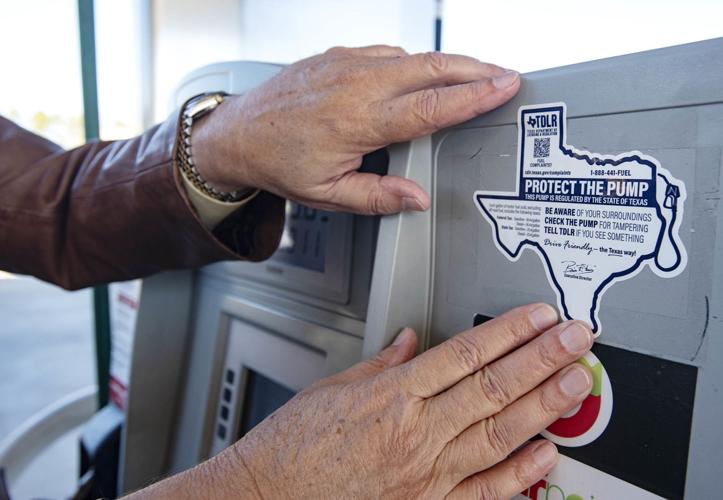According to the Texas Department of Licensing & Regulation’s Motor Fuel Metering and Quality program, new pump security requirements go into effect Jan. 1, 2024.
If not already equipped with at least two of the items listed below, no later than January 1, owners or operators of fuel pumps are required to install new security measures to protect their devices from tampering, as required by Texas Admin. Code §97.31.
- Replace each factory installed universal locking mechanism with a locking device that uses a unique device-specific or site-specific key code or combination;
- Use tamper-evident security labels that must:
a) be placed over each panel opening that provides access to an interior portion of the device where the payment terminal or the device can be accessed;
b) have a unique serial number or unique custom label or easily identifiable custom label or graphic; and
c) be replaced if damaged, perforated, or peeled;
- Install a physical barrier, lock, or other physical securing device that restricts access to the device’s electronic financial transaction compartment;
- Install and maintain monitoring devices or sensors on all doors or panels that provide access to an interior portion of the device and associated payment terminal components. The monitoring device must emit an audible alarm and/or disable the device when unauthorized access is attempted;
- Retrofit, upgrade, or replace each device with an enabled EMV-compliant payment terminal that meets the security, interoperability, and functionality specifications issued by EMVCo, LLC; or
- Install and maintain a high-resolution video camera system and forecourt lighting. To meet these requirements:
a) the video camera system must record the forecourt area at all times, and the system must retain all videos for 30 days or more. Cameras must be positioned to record:
b) lighting must be bright enough to ensure a minimum illumination of 10 lumens per square foot at grade.

